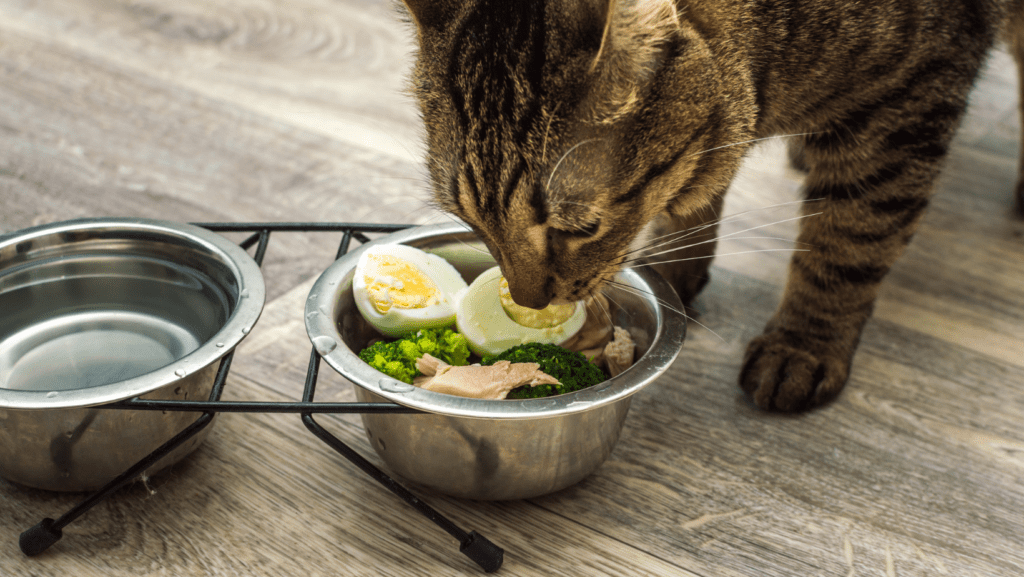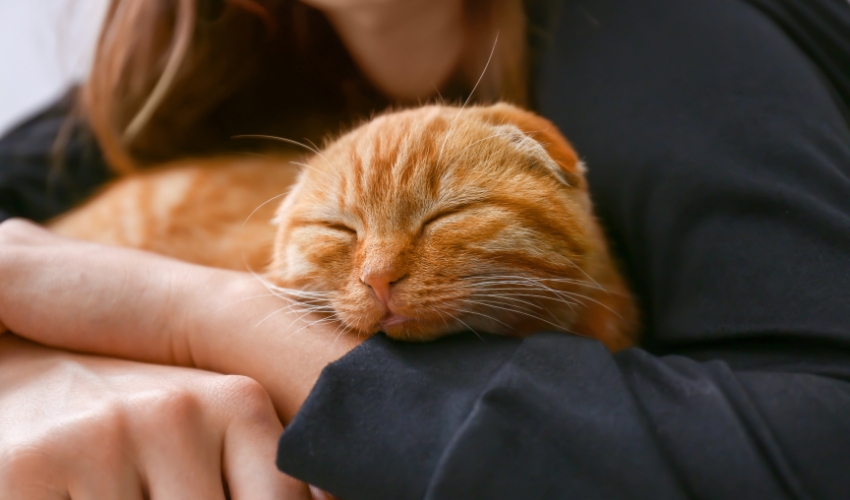As feline aficionados, ensuring our cats receive the best possible nutrition is paramount to their well-being. One dietary strategy gaining traction among cat owners is the combination of wet and dry cat food, commonly referred to as mixed feeding. In this in-depth exploration, we’ll delve into the myriad benefits of this approach and offer valuable tips on striking the perfect balance to meet your cat’s unique nutritional requirements.
Benefits of Mixed Feeding:
Optimal Hydration:
- Cats are notorious for their aversion to water, making hydration a common concern. Wet cat food, with its high moisture content (typically around 70-80%), becomes a crucial ally in maintaining proper hydration levels. Adequate hydration is essential for kidney health, preventing urinary tract issues, and overall well-being. By incorporating wet food into your cat’s diet, you’re providing a daily hydration boost that a dry-only diet may struggle to deliver.
Dental Health:
- The crunchy texture of dry cat food acts as a natural toothbrush, helping to reduce plaque and tartar buildup. However, relying solely on dry kibble may not address all aspects of oral care. The inclusion of wet food adds moisture, which can aid in preventing dental issues like gingivitis. Mixed feeding offers a holistic approach to dental health, combining the benefits of both wet and dry food for a comprehensive oral care strategy.
Balanced Nutrition:
- Each type of cat food brings a unique nutritional profile to the table. Wet cat food tends to be higher in protein and lower in carbohydrates, resembling the natural diet of a cat. On the flip side, dry cat food offers essential nutrients and contributes to dental health. By combining the two, you create a well-rounded nutritional approach, addressing multiple facets of your cat’s health, from muscle development to immune system support.
Weight Management:
- Finding the ideal balance between wet and dry cat food can play a pivotal role in weight management. The high protein content in wet food can help your cat feel satiated for longer periods, potentially curbing their overall calorie intake. Combining this with the dental benefits of dry food creates a multifaceted strategy for weight management. Monitoring your cat’s weight and adjusting the feeding ratio accordingly allows for a tailored approach to their nutritional needs.
Variety and Palatability:
- Cats are notorious for their discerning palates, and mealtime monotony can lead to food aversions. Mixed feeding provides an opportunity to introduce variety into your cat’s diet, offering different textures and flavors. This variety not only stimulates their senses but also keeps mealtime exciting. By catering to your cat’s instinctual desire for diverse prey, you’re promoting a more satisfying and enjoyable dining experience.
Digestive Health:
- The combination of wet and dry cat food can contribute to improved digestive health. Wet food’s higher moisture content aids in digestion, preventing constipation and promoting regular bowel movements. The fiber in dry food complements this by adding bulk to the stool, supporting a healthy digestive system. The synergy between the two types of food fosters a balanced gut environment for your cat.
Joint and Bone Health:
- Certain wet cat foods are fortified with added nutrients such as glucosamine and chondroitin, which are beneficial for joint health. These components support cartilage and joint function, particularly important for senior cats or those prone to arthritis. By incorporating wet food into your cat’s diet, you can provide additional support for their joints and overall mobility.
Tips on Finding the Right Balance:
Consult with Your Veterinarian:
- Before embarking on any dietary changes, it’s crucial to consult with your veterinarian. They can offer personalized advice based on your cat’s age, health condition, and specific nutritional requirements. Your vet can guide you in determining the ideal balance of wet and dry cat food to meet your cat’s individual needs.
Consider Your Cat’s Age and Health:
- Cats’ nutritional needs evolve throughout their life stages, from playful kittens to wise seniors. Additionally, cats with specific health issues, such as kidney problems or dental concerns, may require tailored nutrition. Considering your cat’s age and health condition when determining the balance of wet and dry food ensures a customized approach that supports their overall well-being.
Gradual Transition:
- Cats are creatures of habit, and abrupt dietary changes can lead to digestive upset. When transitioning to mixed feeding, start by mixing a small amount of wet food with dry kibble. Gradually increase the proportion over a week or two until you reach the desired mixed-feeding ratio. This gradual approach allows your cat’s digestive system to adapt smoothly.
Monitor Weight and Body Condition:
- Regular weight monitoring and body condition assessments are crucial elements of feline health management. If you notice any significant changes, consult with your veterinarian to adjust the feeding ratio accordingly. Mixed feeding provides the flexibility to fine-tune your cat’s diet based on their specific nutritional needs, ensuring they maintain an ideal weight and physique.
Rotate Flavors and Brands:
- Cats appreciate variety, and rotating flavors and brands can prevent mealtime boredom and potential food sensitivities. Opt for high-quality wet and dry cat foods that meet nutritional standards. Introduce new flavors gradually, allowing your cat to adjust to different tastes and textures. This rotation not only adds excitement to mealtime but also exposes your cat to a diverse range of nutrients.
Observe Behavior and Preferences:
- Pay attention to your cat’s behavior and preferences during mealtime. Some cats may have a preference for wet food, while others enjoy the crunchiness of dry kibble. Observing their reactions can guide you in fine-tuning the mixed feeding ratio to cater to their individual tastes. Ultimately, a balanced diet should be both nutritionally sound and pleasing to your cat’s palate.
Customize Based on Activity Level:
- Cats with varying activity levels may have different nutritional requirements. If you have an active, playful cat, they may benefit from a slightly higher protein content to support muscle development. Conversely, a less active or senior cat may require a more tailored approach to accommodate their lower energy expenditure. Adjusting the wet-to-dry ratio based on your cat’s activity level ensures they receive the right balance of nutrients.
Conclusion:
Balancing wet and dry cat food is an artful science that, when mastered, contributes to feline nirvana—optimal health and contentment. By harnessing the benefits of mixed feeding, from superior hydration to comprehensive nutrition, you’re crafting a dietary strategy that aligns with your cat’s evolutionary instincts. Consulting with your veterinarian, considering age and health factors, and incorporating a gradual transition are key steps in finding the perfect equilibrium. Embrace variety, monitor your cat’s well-being, and tailor their diet to their unique preferences and requirements. In the realm of feline nutrition, the harmony achieved through mixed feeding is the symphony that resonates with a happy and healthy life for your beloved cat.












